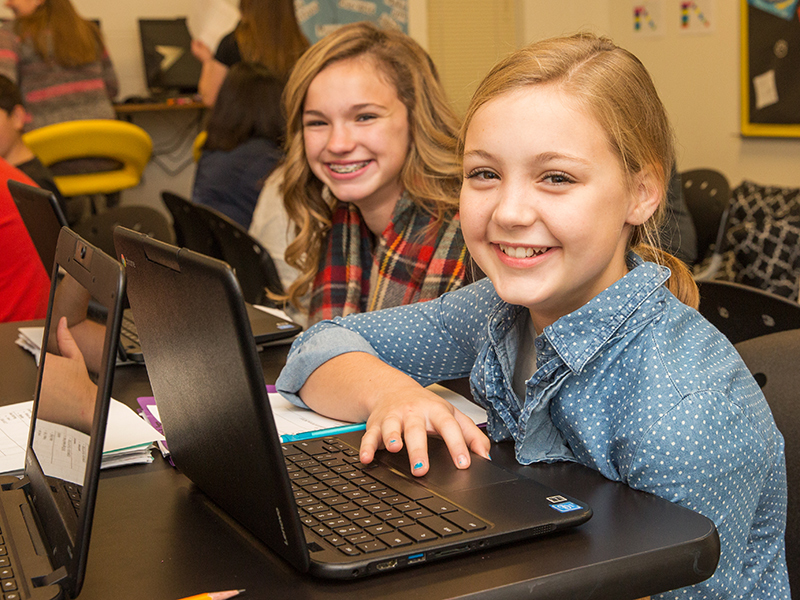Context
Pretests and posttests are utilized at Cisco Junior High to understand student mastery of each week’s specific learning goal, and determine the learning activities students engage in throughout the week. Students can take pretests prior to starting a playlist, which happens at various times given students are working at their own pace. Students have the option to forego the pretest if they recognize that they will not do well on it, in which case they start directly on their playlist. Students who take a pretest can demonstrate mastery and ‘test out’ of the required activities on the playlist. If students do show mastery, they either work on extension activities on the playlist or alternate projects that apply and deepen their understanding of the week’s learning standard. If students do not show mastery on the pretest, they choose from the full playlist of learning activities, prioritizing required activities and monitoring their progress towards completion by the end of the week. For those who choose to take a pretest, this is done at the beginning of a playlist and a student generally takes about three of these per unit of instruction.
Students take multiple pretests and can learn at their own pace throughout a unit of instruction, resulting in students taking pretests at different times. Every student in a class, however, will finish a unit at the same time, culminating in a posttest. This enables students to move at their own pace throughout a unit while also reducing a time management burden for teachers. The posttest provides summative data to teachers and students and ensures students start on the next unit together. Through the posttest, students and teachers can reflect on each student’s mastery from the unit, informing future learning activities to ensure student mastery. For example, if a student demonstrates the need for more instruction and practice for a particular skill, that may be something they practice during their online time or after they complete “must do” assignments in the following playlist(s).
Student Does
- Chooses to either attempt the pretest or go straight to the learning playlist.
- Works on alternate deeper learning project if they mastered the pretest.
- Demonstrates mastery through either the pretest or posttest.
Teacher Does
- Creates aligned pretests, posttests, and learning playlists each week for each specific learning goal.
